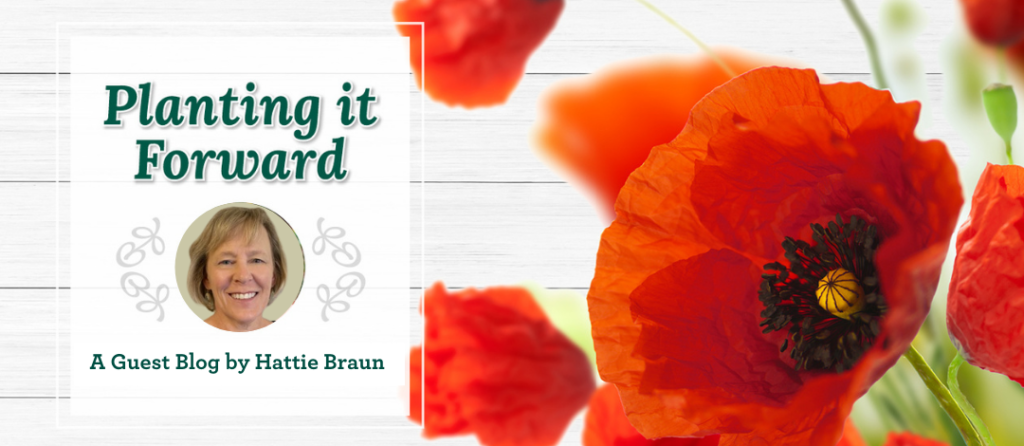
I moved to Flagstaff in 1993, promptly tried my hand at gardening, and quickly learned that I wasn’t in Pennsylvania anymore. We have many challenges here in the high country that make gardening so much more interesting than in Pennsylvania. I’ve learned that one of the biggest challenges is working with our soil.
Soils in Flagstaff and surrounding communities may be perfect for native plants but can make growing vegetables, herbs, non-native annuals, perennials, trees and shrubs difficult.
People living on the west side of Flagstaff find that their soil often has only a few inches of topsoil and the layer underneath is almost impossible to dig into as it has so much clay. Other folks find that their property sits on top of a limestone shelf. The southeastern part of town has soil with lots of rocks. Further east, soils are cindery and easy to dig into but so well-draining that watering becomes a problem. Lucky are the folks that live in the neighborhoods near Sunnyside; they actually have topsoil and even more than a foot of it.
The clayey soils on the west side of town make watering hard as water moves too slowly into the ground. In sandy or cindery soils, water moves thru the soil so quickly you can almost wonder if you even watered.
Another trial is that most soils in the Flagstaff area are slightly alkaline, particularly east of town, and when you move further east, the pH can be as high as 8. Alkalinity makes it harder for certain nutrients to be taken up by the plants. Many vegetables prefer a pH closer to 6.5.
And if that’s not enough, much of the soil structure can be compacted. Heavy equipment required for building a house can completely ruin structure. And regardless of where you live, almost all of our soils lack sufficient organic matter needed by many vegetables and non-native plants for their best growth.
Fortunately, there’s a solution to these different soil conditions; add organic matter.
Organic matter, especially compost, is the key to building healthy soil. Organic matter helps water move into clayey soils more readily, and it helps slow the movement in sandy soils. Organic matter helps to lower soil pH slightly as microbes break down the material. Organic matter can help restore soil structure and prevent it from becoming compacted again.
This does require lots of digging to incorporate the organic matter. (When soils are so dense or rocky that it’s impossible to dig, creating a raised bed may be the best solution.)
There are many options for adding organic matter to the soil: buying bagged material, collecting dried leaves, and getting manure from a neighbor. Many gardeners have a favorite. I think the absolute best is compost. Compost does everything that other organic materials do such as building better soil structure, reducing compaction, modifying pH, and aiding water retention and movement in the soil. Compost also provides microorganisms, essential for a healthy soil, and many nutrients.
Regardless of what material you choose, by adding organic matter, you can build a healthy garden soil and have a successful garden – even if it’s not in Pennsylvania.
Hattie Braun is the County Director of the University of Arizona Cooperative Extension in Coconino County, and coordinator of the Master Gardener Program. She recently taught an “Intro to Soils” class as part of Warner’s Root Camp and will be back on May 21 to teach a class on Deer- and Javelina-Resistant Gardening.